Menu
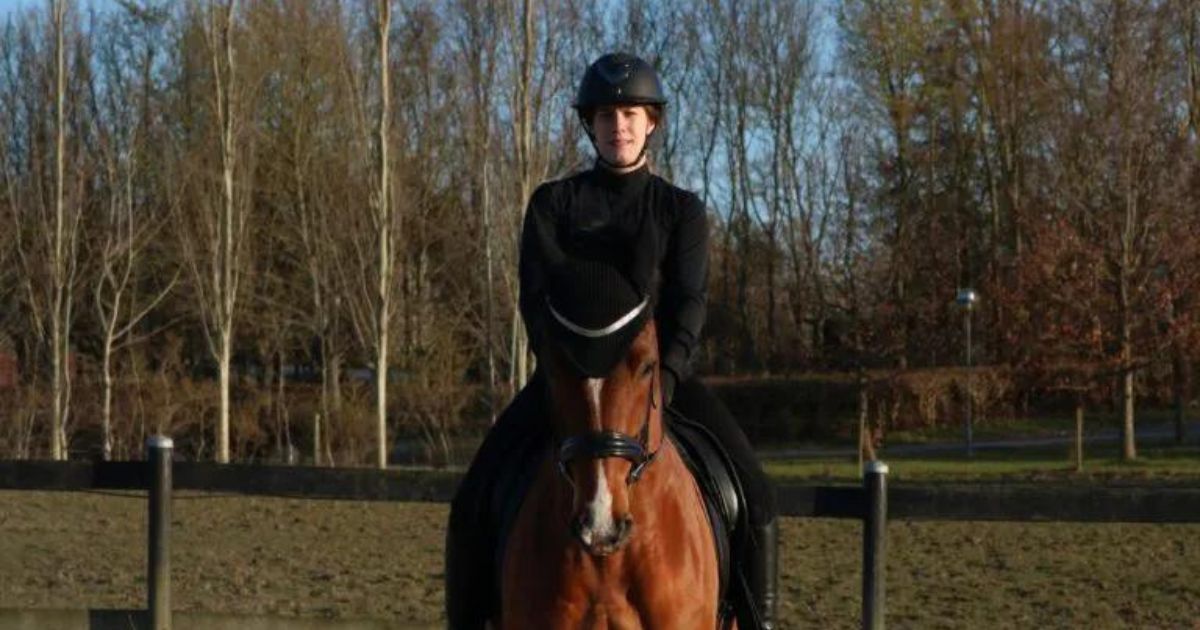
It is far easier to get a horse to halt with a lowered back than it is to have it sit back and stretch its back. But resist the temptation of choosing the easy way out, as in the long run, you'll lack the quality needed to further educate your horse. In this article, you can find trainer Christina Holmbæck's best tips for teaching the perfect halt.
If your goal in training your horse is to teach it to sit back, lift its back, and be collected with light aids, you should not do the following:
You might think, "But my horse stops right on the spot when I do these three things." Yes, because when you squeeze with your knees, tension builds up in the rider's seat, but it also causes the horse to tense its back. And when you lean back, you end up pressing down on the horse's loins. This is not optimal for the horse.
Read also: 6 things your horse always does when you're busiest
In other words, the rider's position can prevent the horse from tilting its pelvis and lifting its back. To maintain balance, the horse needs to lift its neck and head, which the rider prevents by keeping pressure on the reins.
Christina Holmbæck has been teaching riders of all types for over 16 years. Her training method is called "Riding Art with Ease" and is based on the horse's biomechanics and modern learning psychology. The goal is to have the horse move in balance and for the rider to influence with the lightest possible aids.
The halt requires coordination and balance from both horse and rider. It usually takes a long time before the horse can perform the halt correctly. When teaching the halt, I normally divide the training into two levels.
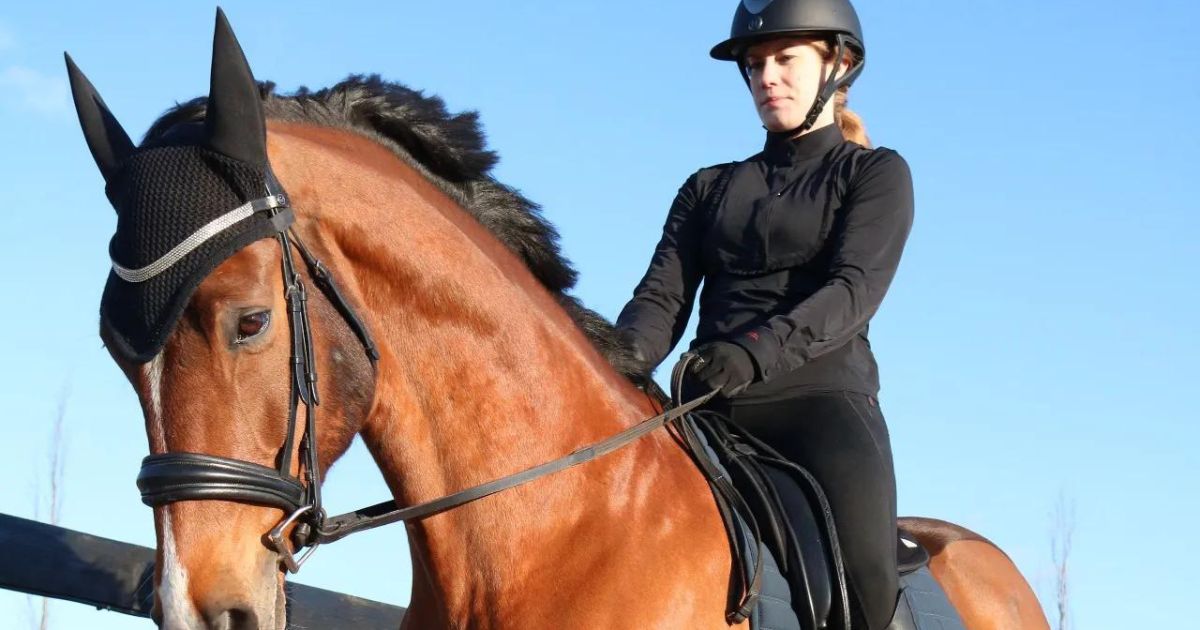
At this level, the focus should be on the horse understanding the signal and being as relaxed as possible in its body. A "belly flop" into the halt is acceptable. That is, it's okay for the horse to stop with its weight on the forehand, lifting its neck and head to maintain balance.
Ideally, the horse should shift its weight back onto its hindquarters in the halt. But if the horse is tense in its topline and you try to drive it into the halt, it will increase the tension and push it further onto the forehand. The horse must first learn to halt and relax from a light pressure.
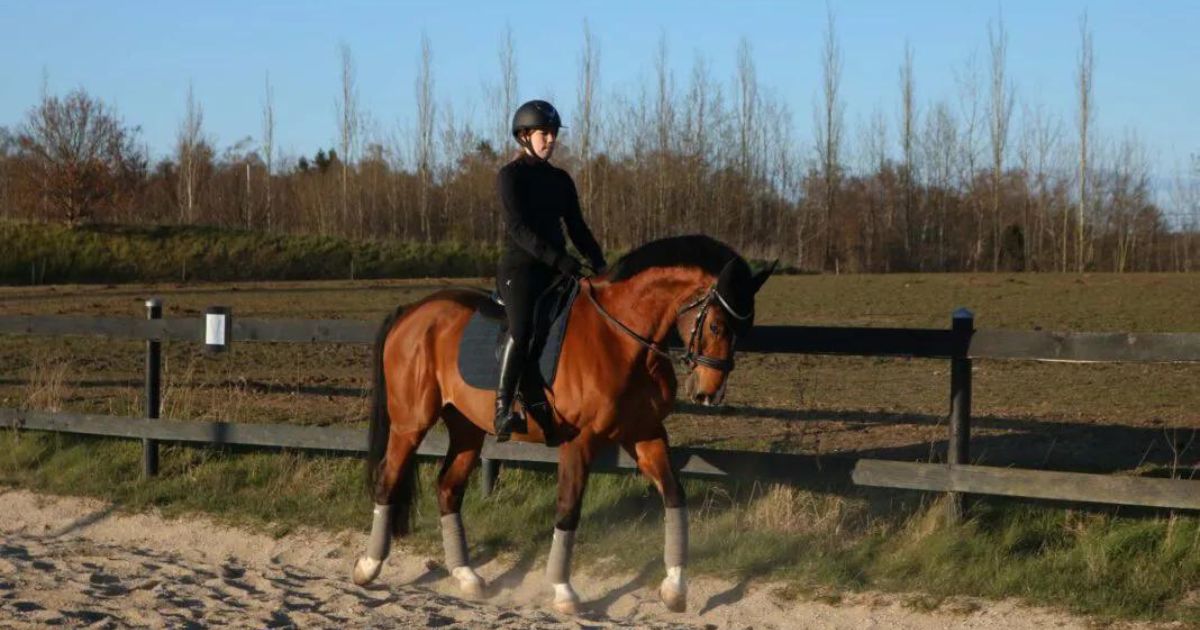
At this level, the focus is on the horse's biomechanics, that is, its posture entering and during the halt. The goal is for the horse to sit into the halt, stretch its entire topline, and reach forward and downward to the hand.
Read also: 7 reasons: Why your horse is such a time waster
The prerequisites for the horse to be ready for this level are relaxation, the ability to perform shoulder-in and haunches-in, and the ability to collect without tensing the topline or shortening its neck.
It's easier for your horse to understand what you want when you are precise in your signals. When you give the signal for the halt, imagine first braking one front hoof and then the other, and as soon as your horse stands, remember to release the pressure on both reins.
If your horse doesn't halt at your light pressure, avoid pulling harder and harder. This will usually cause the horse to push against the pressure instead of halting.
Instead, lift one hand high while maintaining even pressure on both reins. This will cause your horse's neck to rotate slightly, preventing it from pushing against the pressure with its entire body. This is much more gentle than pulling harder on the lower jaw.
If your horse is still not easy to halt, I recommend training the halt from the ground.
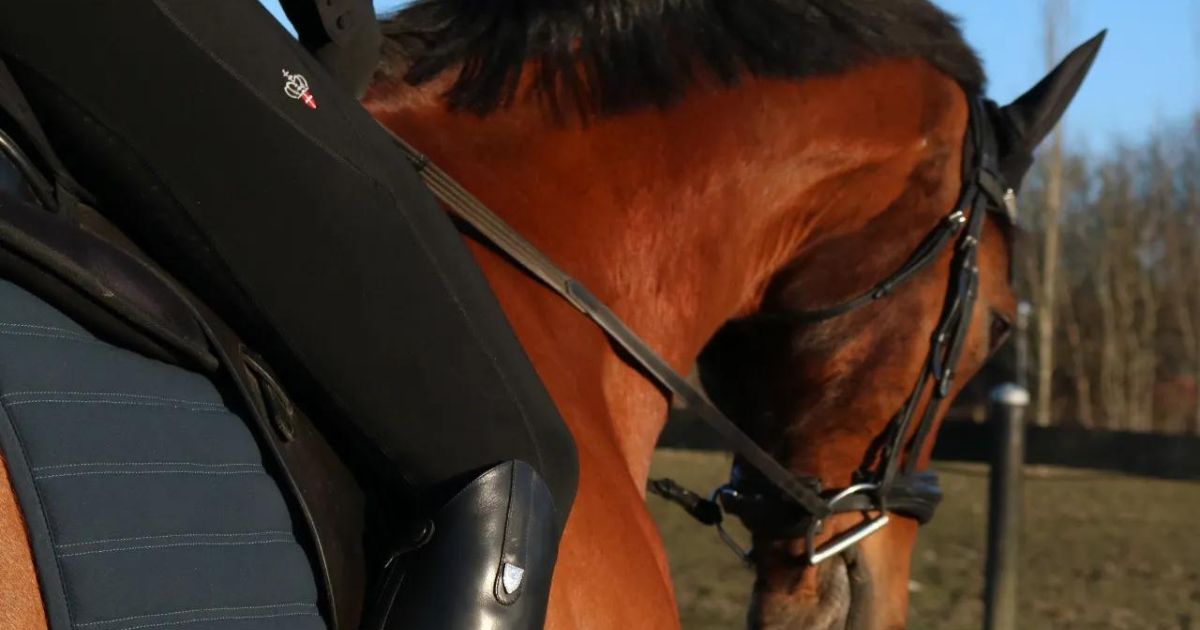
When performing a halt from the ground, start by leading the horse on the hoof path. It's easier for your horse to understand the signal because it can't step to the sides. Brake gently on both reins while moving with your horse.
If you brake before your horse, you'll end up pulling on the bit. Therefore, stop yourself only when your horse stops. Remember to acknowledge your horse's response when it halts: release the reins, breathe, relax in your body, and stroke its neck.

You can make it even easier for your horse if you perform the halt in the same place. When you see that your horse understands the signal, you can challenge it by training the halt in different places and without the support of the barrier or fence in the arena.
If your horse doesn't react to light pressure, you can also, from the ground, lift one hand. Keep even pressure on both reins and release as soon as your horse halts.
Read also: 7 tips: How to have a great day hack with your best four legged friend
Experiment with the pressure of your hands. If you press too lightly or too hard, your horse will continue walking. Find the pressure your horse finds easiest to respond to. And always aim towards your goal: that the horse can halt at an ultra-light pressure.
The halt is one of the key elements in the rest of your training. To teach your horse correctly, you must train your horse at the level it is ready for. You may encounter challenges along the way, but do not lose heart.
Does your horse curl its neck and continue walking when you give the signal for the halt? Continue to maintain the pressure. If you release, your horse learns that the task is to curl its neck to make the pressure disappear. Therefore, ignore that your horse is behind the vertical for now and maintain the pressure until your horse stands still.
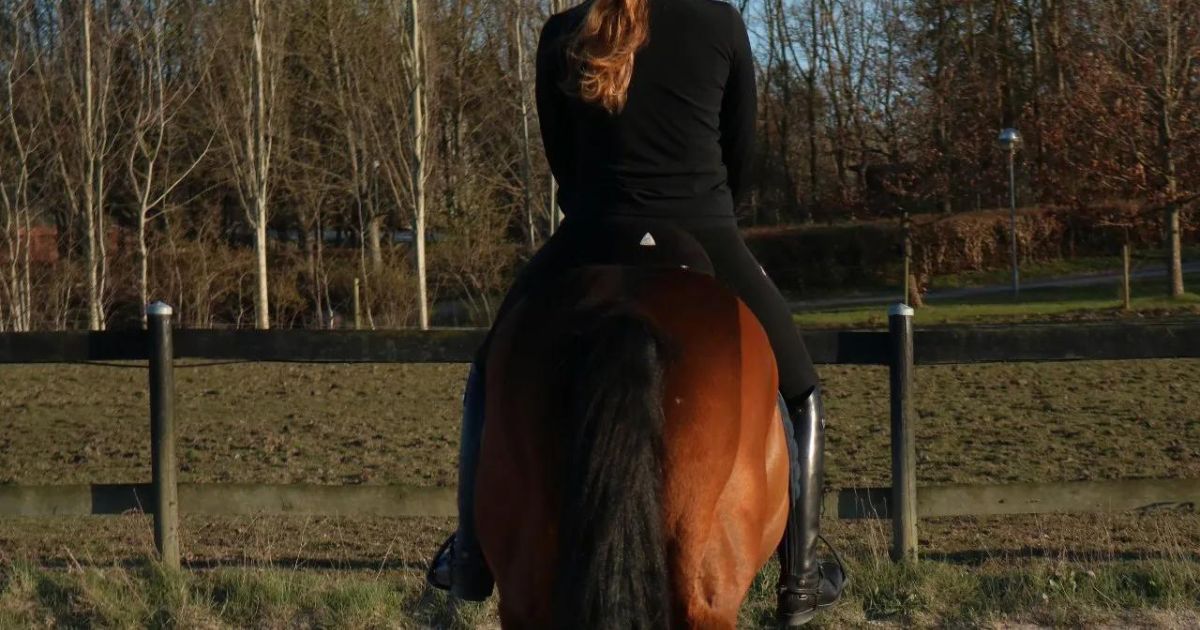
If your horse has poor balance, you may find that it turns as you ask it to halt.
When riding into the halt, try to keep your horse's head directed towards the same point at all times. It's harder for your horse to turn when its head is always directed straight. This way, you can prevent the forehand or hindquarters from falling to one side.
You should also be super attentive to your hands. Your dominant hand may be the reason your horse doesn't halt squarely because it pulls a little more than the other. Therefore, observe if your horse always turns to the right or left when you give the signal. Adjust the pressure in your hands so your horse's head always remains straight in front of you.
There can be two basic reasons your horse moves forward when the reins are released. Either it thinks it should move forward, or it has poor balance and therefore falls forward.
The solution to both challenges is to repeat the signal for the halt until the horse remains standing.
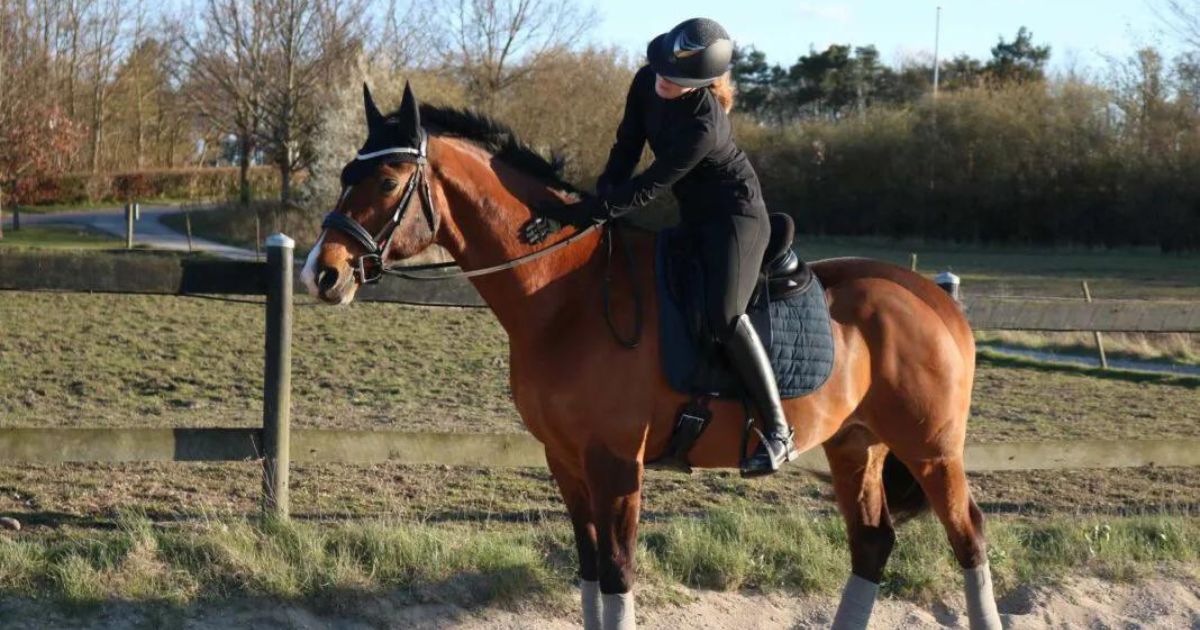
If your horse finds the halt very difficult, wait a bit before proceeding. The horse should experience that it's pleasant to stand still and that it can maintain balance while standing.
You might count to 5 or 10 before starting again. If your horse is very impatient, you should ideally signal to move forward again. Over time, it will become easier for the horse to stand still and breathe.